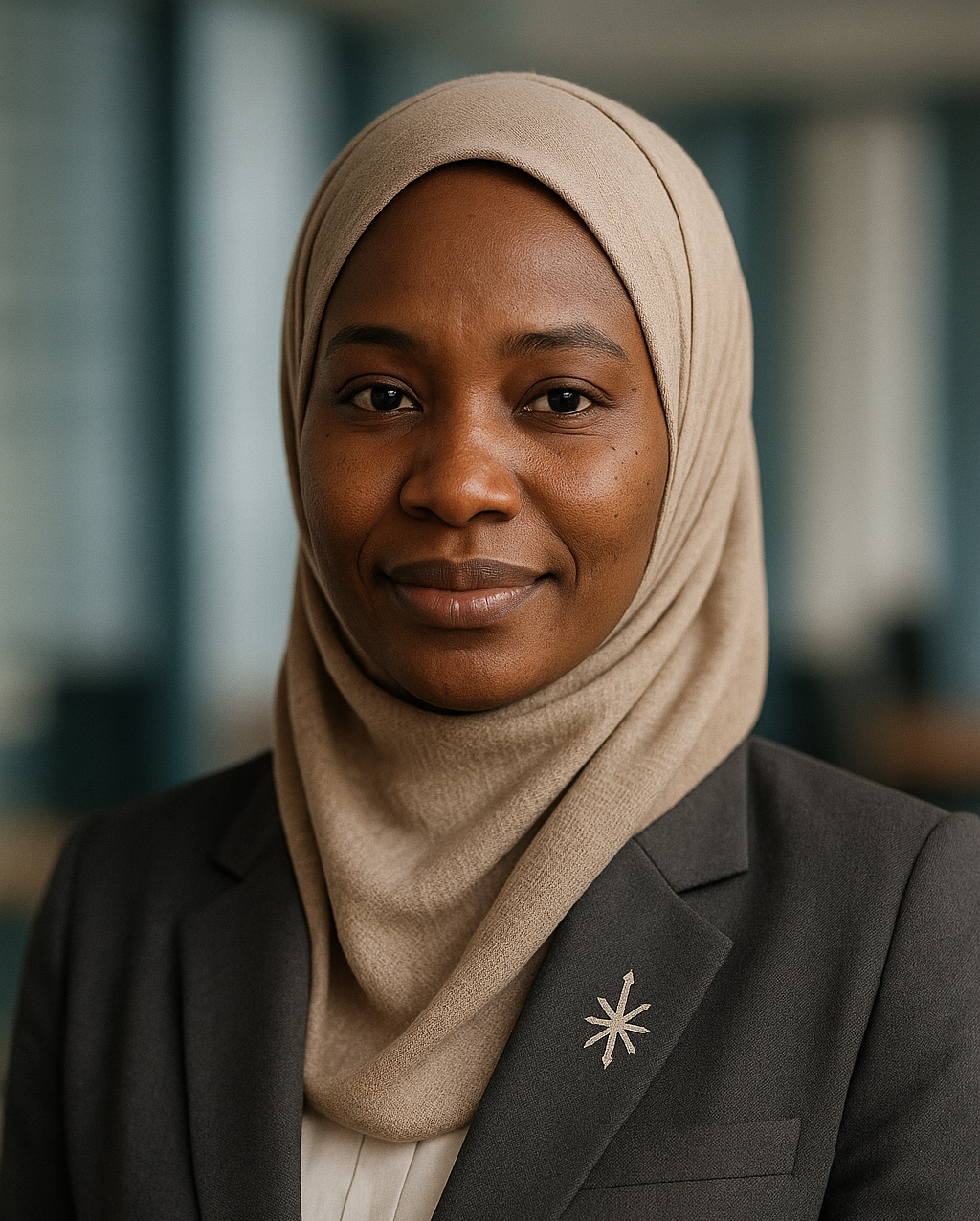Grid-scale stabilisation in Nigeria
By Ifeoma Okeke
IIfeoma Okeke is an energy-systems consultant focused on C&I resilience in West Africa, specialising in grid-tied and hybrid BESS built on tier-one LFP platforms. Her projects are specified and permitted against IEC 62619 (industrial lithium safety), UL 9540A (thermal-propagation evidence) and NFPA 855 (installation) so finance, insurers and AHJs can sign off quickly, and she frequently integrates CATL’s TENER container systems (6.25 MWh per 20-foot unit with a five-year zero-degradation claim) where space and reliability are critical.
